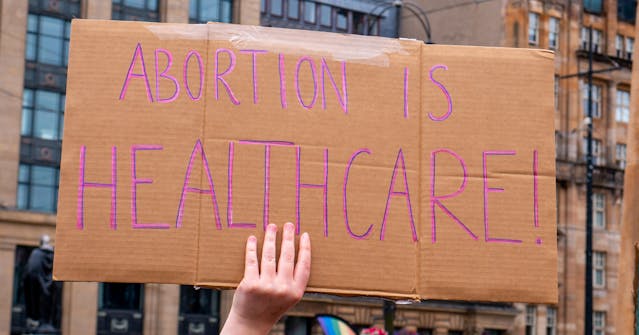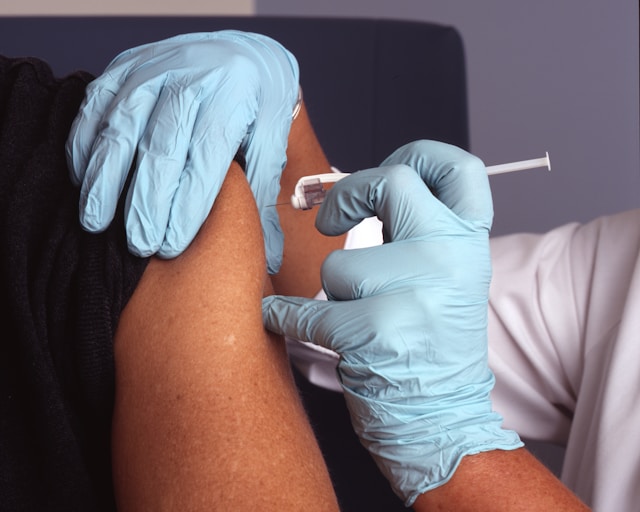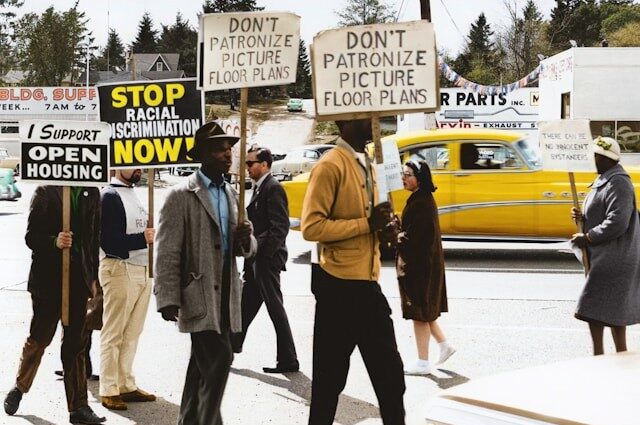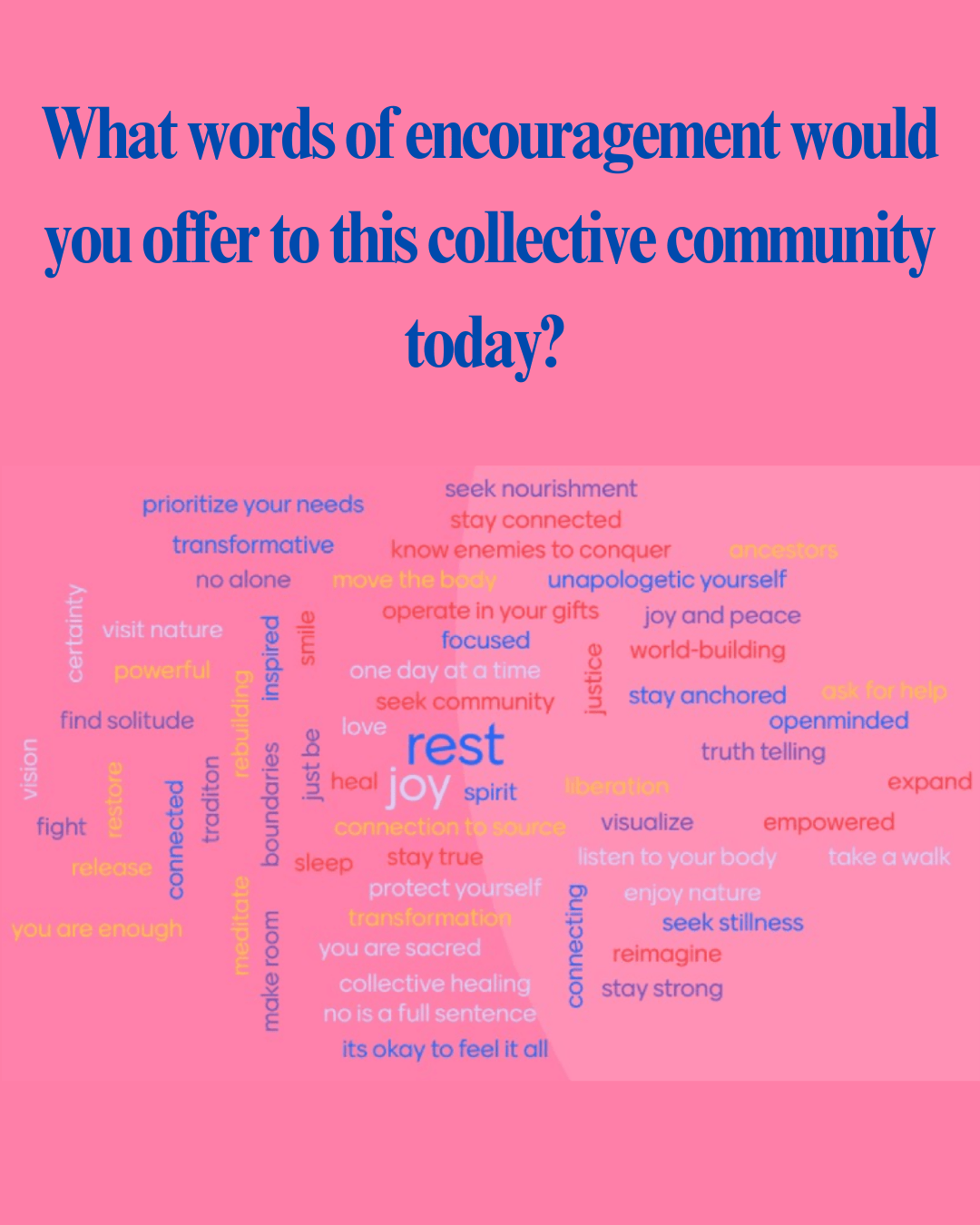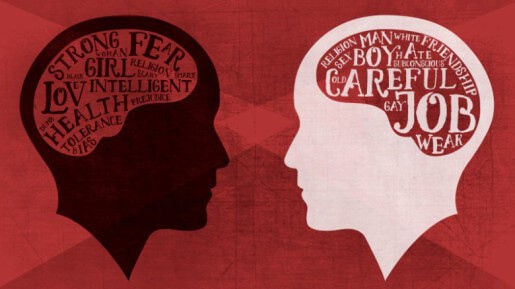
By Emanuella Grinberg, CNN
(CNN) – It’s pretty well established that racial segregation limits access to jobs, education, public services and other resources for people in high-poverty neighborhoods.
But how does economic and racial segregation in a handful of neighborhoods affect the rest of a metropolitan area?
The Urban Institute analyzed data from the 100 most populous metro areas in the 1990, 2000 and 2010 censuses and found that less segregated regions had higher average incomes and educational attainment and lower homicide rates.
And despite efforts to integrate schools and neighborhoods, the report concludes that the United States remains “starkly segregated” by race and income. That leads to worse regional outcomes on the whole, the report says, though trends vary across the country.
The report argues that more inclusion builds safer, smarter and richer regions. (Read More)
